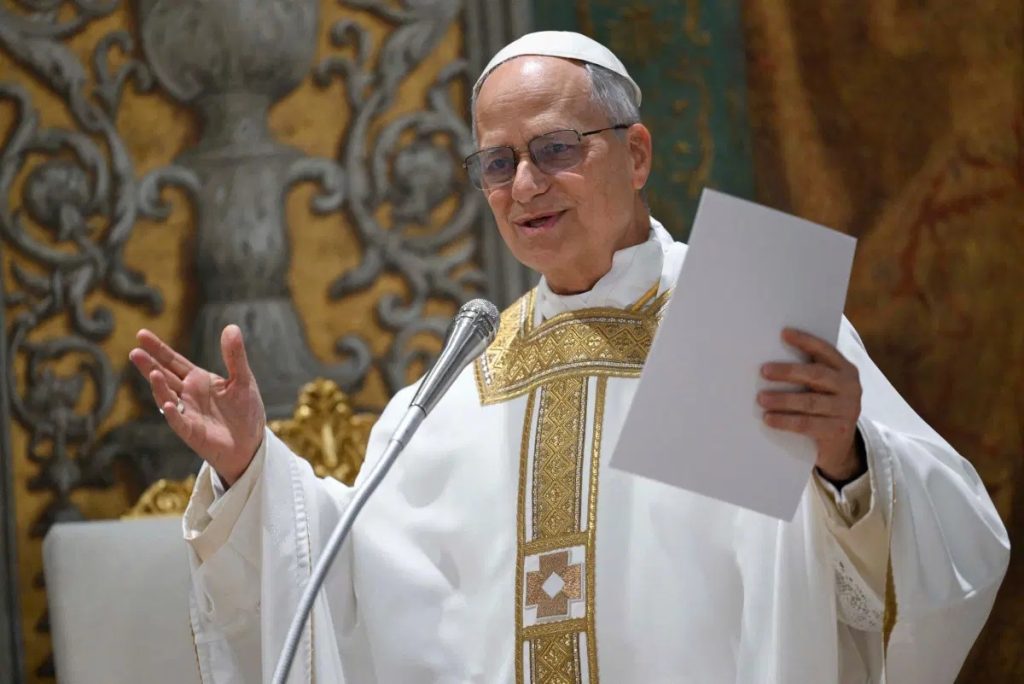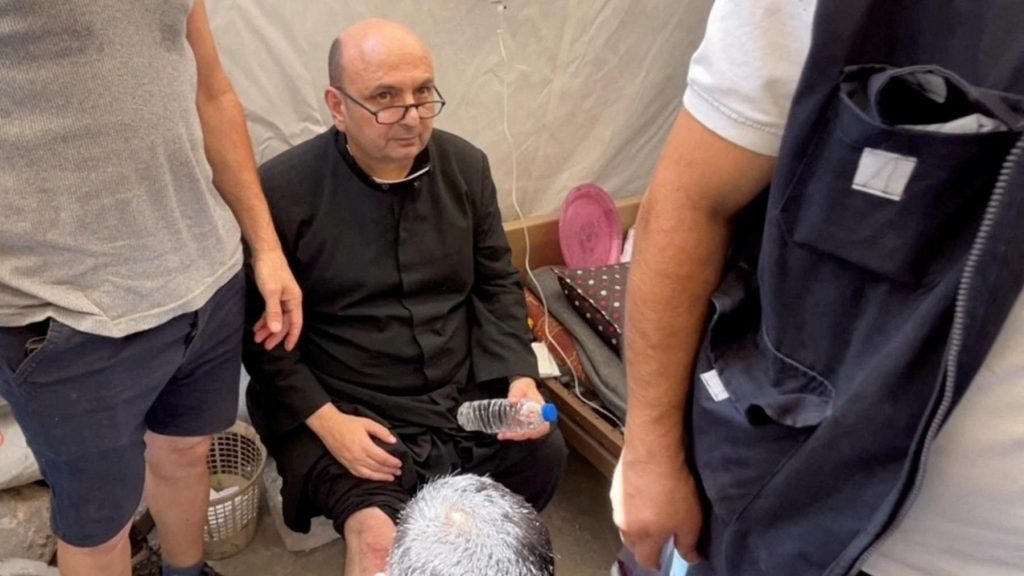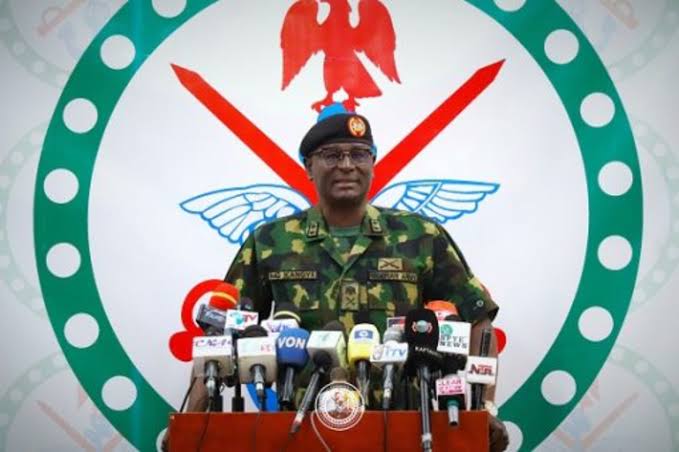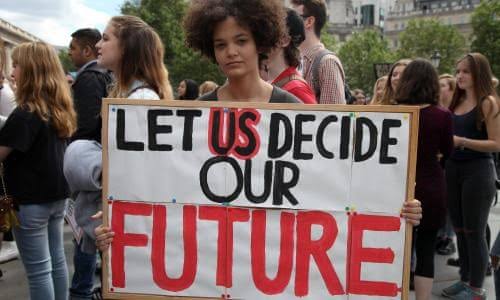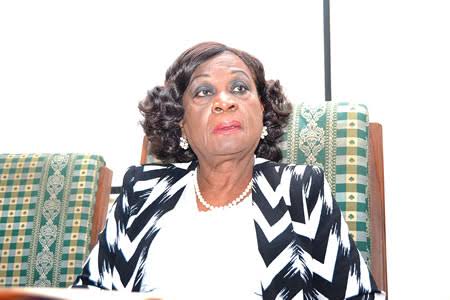Featured
Air India Crash Sparks Renewed Calls for Cockpit Video Surveillance
DDM News
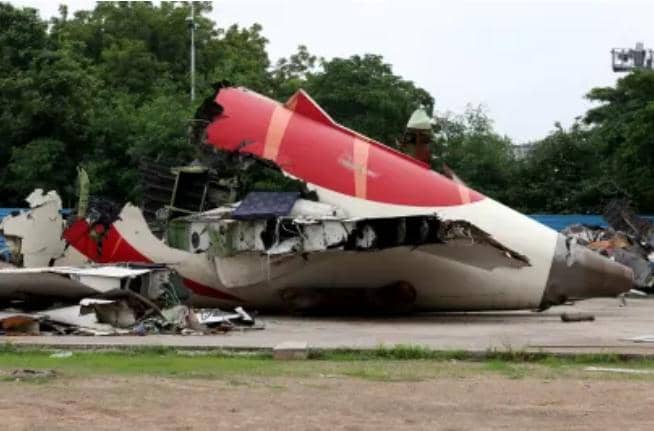
The recent Air India crash that claimed over 260 lives has reignited global debate over the use of cockpit video recorders in commercial aviation.
Diaspora Digital Media (DDM) gathered that calls are growing louder within the industry for the inclusion of visual surveillance tools in airline cockpits, a controversial topic that has lingered unresolved for decades.
The devastating incident involved Air India flight 171, a Boeing 787 aircraft that crashed shortly after takeoff in Ahmedabad, India, killing 241 of the 242 people on board, along with 19 individuals on the ground.
Preliminary findings from India’s Aircraft Accident Investigation Bureau (AAIB) have raised troubling questions about potential pilot error.
Early reports suggest that one of the pilots may have inadvertently cut off fuel to the aircraft’s engines within seconds of becoming airborne, a move that could have led to the aircraft’s sudden and fatal loss of power.
While the investigation is still ongoing, safety advocates are already highlighting how a video recording system in the cockpit might have clarified pilot actions, intentions, and mental state far more precisely than existing tools.
Currently, airliners are equipped with two key instruments for accident analysis: the Cockpit Voice Recorder (CVR) and the Flight Data Recorder (FDR).
These tools capture audio conversations and technical performance metrics, respectively, but they lack a visual record of pilot behavior and actions.
Willie Walsh, Director General of the International Air Transport Association (IATA) and a former commercial pilot himself, has now openly joined the call for a policy change.
Speaking at a safety forum in Singapore on Wednesday, Walsh emphasized the potential value of cockpit cameras in accident investigations.
“Based on what little we know now,” he said, “it’s quite possible that a video recording, in addition to the voice recording, would significantly assist investigators, especially when mental health or human error may be involved.”
He added that the industry must prioritize learning and accountability, even if it means challenging long-standing resistance from pilots’ unions.
For years, pilot groups around the world have opposed cockpit video surveillance, citing concerns over privacy, misuse of footage, and workplace surveillance overreach.
Many argue that cameras could lead to unfair disciplinary actions or erode trust between pilots and airlines.
However, aviation analysts say technological safeguards and strict data protocols could be established to limit video access to crash investigations only.
Experts point to incidents like the Air India disaster as moments when aviation safety must evolve to match the complexity of modern aircraft and flight operations.
“The debate over cockpit video has been simmering for 30 years,” said a senior investigator with a European aviation body.
“But every time there’s a major crash that could have benefited from visuals, the pressure builds again.”
Some countries have already moved toward integrating cockpit imaging systems.
The United States’ National Transportation Safety Board (NTSB) has long advocated for cockpit video recorders, though implementation has faced regulatory and political hurdles.
Meanwhile, newer aircraft models are being built with optional camera systems that monitor pilot eye movements and control inputs, though these features are not yet universally mandated.
The tragedy in Ahmedabad is now adding to that momentum.
With more than 260 lives lost, public pressure may force regulators and airline companies to revisit the cockpit camera conversation with greater urgency.
As investigators sift through CVR and FDR data, the absence of a video record is already being felt.
Had cockpit footage been available, experts say, it might have provided clarity on whether the engine shutdown was an accidental human error, a systems failure, or a symptom of something deeper, such as stress or medical incapacitation.
Until definitive answers emerge, the Air India crash will serve as both a tragedy and a test case, highlighting the gaps in current aviation safety tools and re-igniting a conversation that could reshape cockpit monitoring worldwide.
👇👇👇
Follow DDM’s official WhatsApp Channel for real-time updates.
https://whatsapp.com/channel/0029Vajkwdc4dTnFHl19vW3g
For Diaspora Digital Media Updates click on Whatsapp, or Telegram. For eyewitness accounts/ reports/ articles, write to: citizenreports@diasporadigitalmedia.com. Follow us on X (Fomerly Twitter) or Facebook



